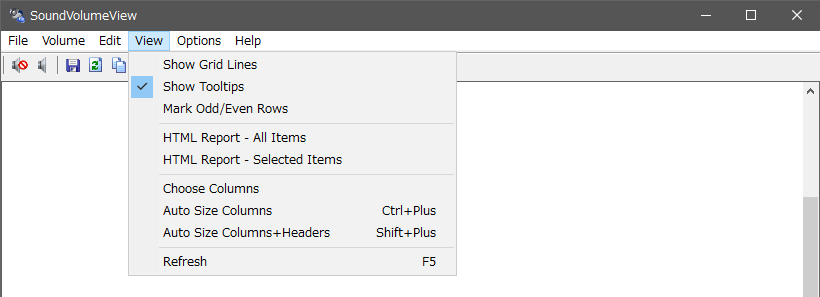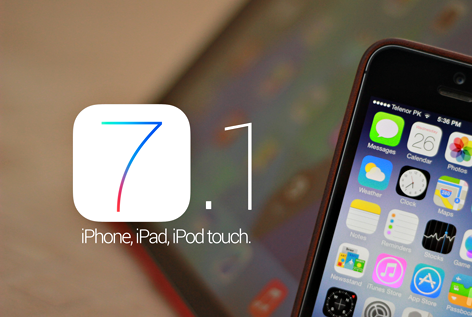
It also lacked support for third-party native apps, and only supported web apps, which was criticized by reviewers and developers, including John Carmack. IPhone OS 1 was criticized for its lack of support for Adobe Flash web content, copy and paste, and Bluetooth stereo headphones. A number of different user interfaces were prototyped, including one that involved a multi-touch click-wheel. Many on the team were skeptical of the feasibility of a touchscreen keyboard, and believed that users would prefer hardware keyboards. During the development phase of iPhone OS 1, "probably 16, 17 different concepts" were developed. No official name was given when the iPhone was released, and Steve Jobs just said "iPhone runs OS X". The interface is dated and technical, but SoundVolumeView is handy as a way to tweak or restore your volume settings from scripts or shortcuts.Apple announced iPhone OS 1 at the iPhone keynote on January 9, 2007, and it was released to the public alongside the first-generation iPhone on June 29, 2007. And it'll restore all your previous volume settings on demand. SoundVolumeView.exe /LoadProfile test.vol And it'll instantly save all your current volume settings in a file called test.vol. SoundVolumeView.exe /SaveProfile test.vol There's no audio meter, no slider, no colourful graphics - it's just the usual NirSoft table, crammed with data.īut, if you're happy to use the program's command line interface, there are some usual features here.Ĭreate a shortcut to run it like this, for example: The interface for all this is extremely basic. Reloading this later will instantly restore the same volume settings. It's also possible to save your current volume settings as a "profile".


SoundVolumeView is a tiny portable tool which displays the current volume levels for all the active audio components on your system, and allow you to mute or unmute them instantly.


 0 kommentar(er)
0 kommentar(er)
